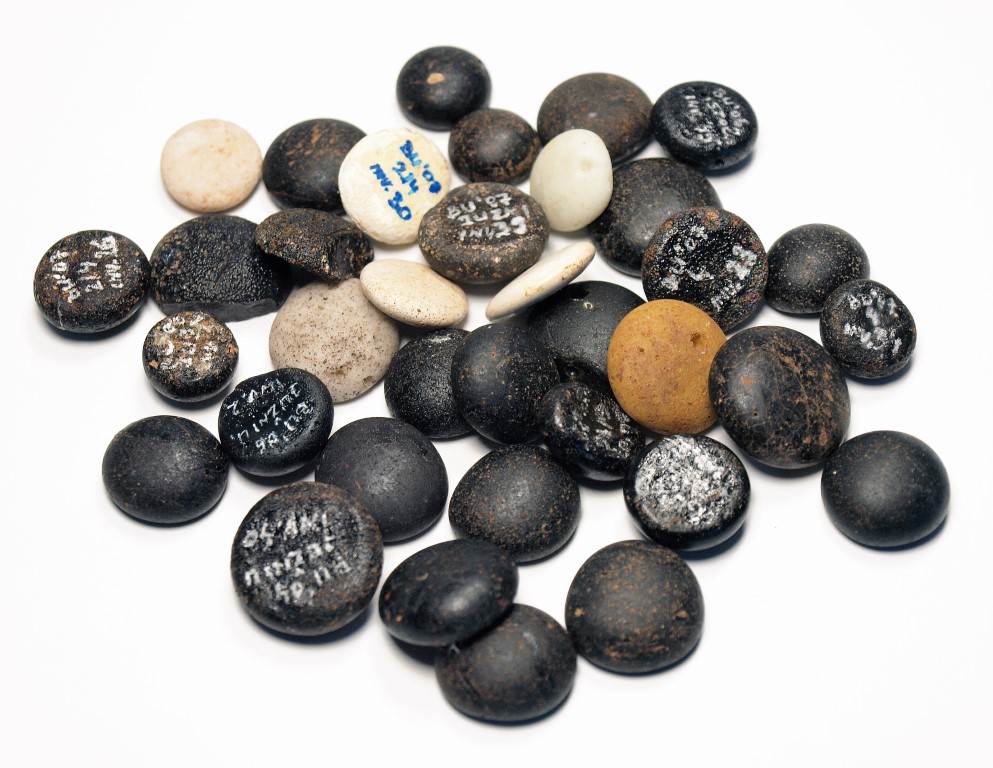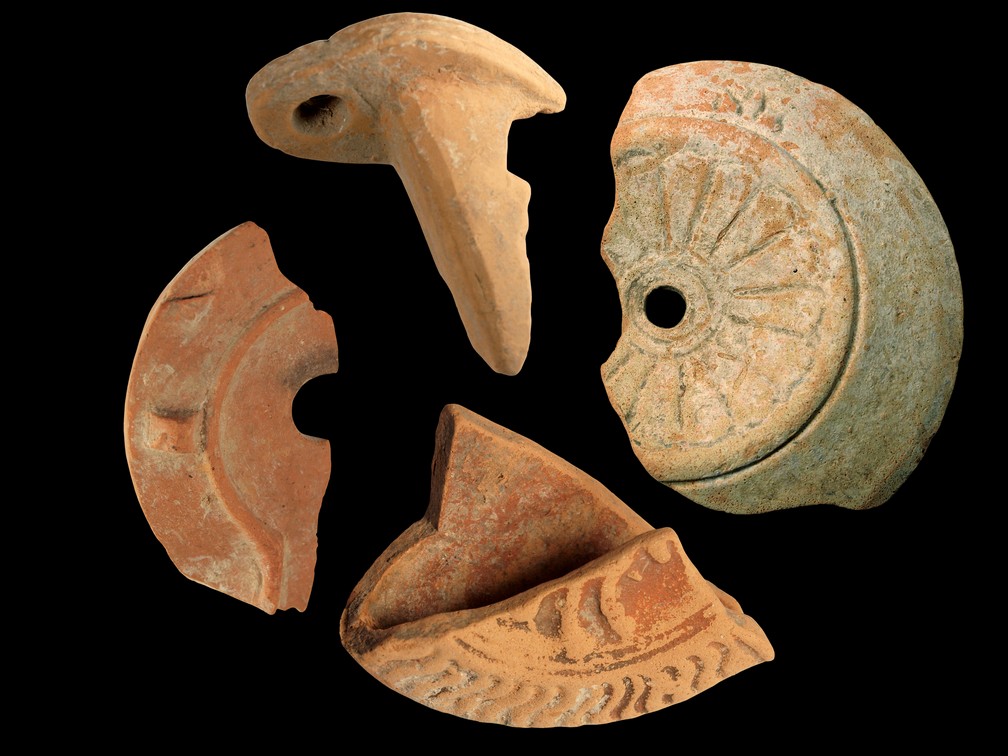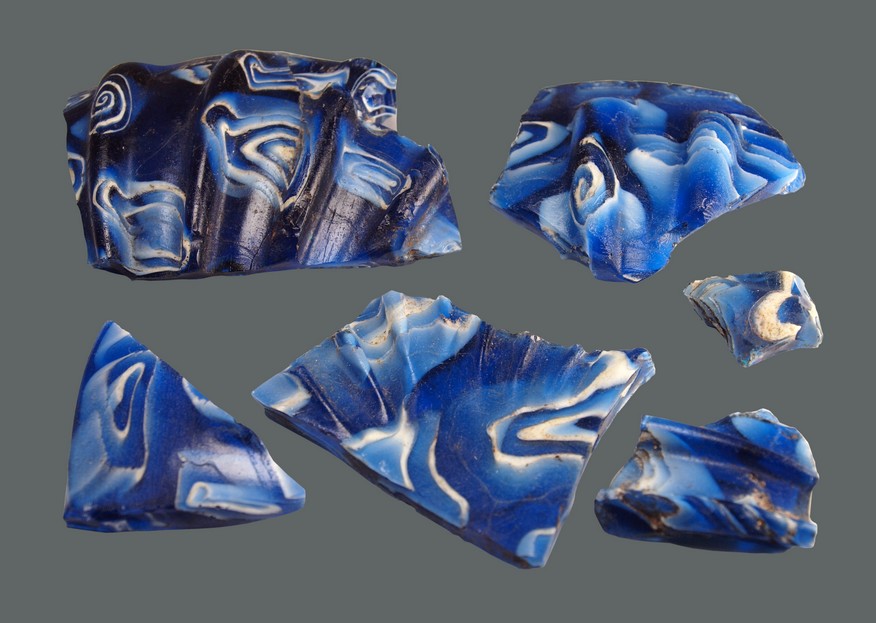Restoration of objects from the Burnum locality
For the past 20 years, the archaeologists of Krka National Park have been researching a number of sites in the park. Their research efforts have resulted in the discovery of hundreds of artefacts from prehistoric periods and the Roman era, as well as those belonging to the industrial and ethnographic heritage of the 20th century. All these artefacts are part of the puzzle that depicts the history of these sites and the area of Krka National Park. This historical puzzle can only be put together once the individual artefacts are cleaned and recognisable, and in this way preserved for the future. This is the task of conservation and restoration workshops.
What actually happens with artefacts found during archaeological research? The condition of these artefacts completely depends on their reactions to the prevailing conditions of the environment they are found in. Underground, objects achieve a sort of balance with the surrounding soil, and therefore after being unearthed, they must adapt to a new, radical and different environment. The reaction must include both the physical and chemical changes. Regardless of the condition of the artefact prior to being unearthed, from the moment they are removed, they are exposed to new conditions and prone to rapid decay.
Unearthed artefacts must first be identified, labelled and catalogued in the database in which the cultural and historical objects and sites are inventoried. This is the start of a long process that is aimed at halting decay, or minimising it to the greatest extent possible. This process consists of documenting, testing, cleaning, stabilising and consolidating artefacts, and the final step is their storage under controlled conditions or their display in a museum.
Artefacts are documented in such a way that they are entered into the database of Krka National Park, when they receive an inventory number, as a very important and unique number for their identification. Then they are placed in a bag, and stored in a box. When stored in this way, every artefact is always accessible at any time.
Testing is performed to better understand the artefact. Testing can be visual, using a microscope, a device for x-ray scanning or a hand-held x-ray fluorescence (XRF) analyser.
Some artefacts that need to be conserved are covered with such a thick layer of soil or corrosion that they cannot immediately be identified. Using radiographic images, their contours can be recognised and it can be determined whether and how much the artefact has been corroded, for example if it is composed of iron, and just how carefully it needs to be handled. It is possible to see the intarsia of other metals, such as bronze or silver, if the artefact has cracks that need to be repaired before processing can start, or other details that require special measures.
Cleaning, is the most common procedure performed on artefacts. Cleaning can be mechanical, chemical, electrochemical or ultrasonic. All these methods are directed towards removing impurities and layers of corrosion. Archaeological artefacts are cleaned exclusively mechanically, to the layer of patina formed after the abandonment of the object (i.e., to the original surface). Cleaning is performed using a scalpel, rotational tools, micro-sandblasting or ultrasound chisel.
Stabilisation is intended to stop or slow the delay of the artefact. For archaeological artefacts, this usually involves a thorough removal of chloride by rinsing in distilled water, with the addition of the appropriate chemicals. Finally, inhibitors are used to slow corrosion, with a protective coating of lacquers and microcrystal wax to further protect the object.
Structural consolidation is the process of strengthening the physical structure of the artefact and re-joining broken parts to more closely approach its original form. This is usually performed using reversible dual-component glues (which can be removed without damaging the object).
The simplest and most cost-effective way to preserve an artefact or collection is to prevent its decay. There is no point in spending time and resources to restore an artefact if it will be returned to conditions that will lead to its decay. The specialisation in the field of conservation and restoration that deal with slowing or preventing decay is called preventative conservation. This practice identifies the conditions that are potentially detrimental to the artefact of cultural heritage, and aims to reduce those conditions to a minimum by overseeing the environment in which the artefacts are kept. Environmental factors that contribute to an object’s decay, such as light, temperature, relative humidity, pollution and biological pests, must be regularly controlled.
At the restoration workshop of the Public Institute of Krka National Park, great attention is given to preventative conservation. Recently, the Revolutionary Preservation System (RP system) was introduced, enabling artefacts to be packaged into special bags that prevent exposure to oxygen and moisture.
The restoration experts also participate in creating the museum collections, helping curators to find the most appropriate and safest way to display an artefact. For example, for particularly valuable and sensitive objects, such as the Roman Wiesenau type helmet, a special case was constructed, with a glass bell filled with inert nitrogen gas. In addition to controlling humidity, the archaeological collection is also protected with video surveillance and alarm systems.




































